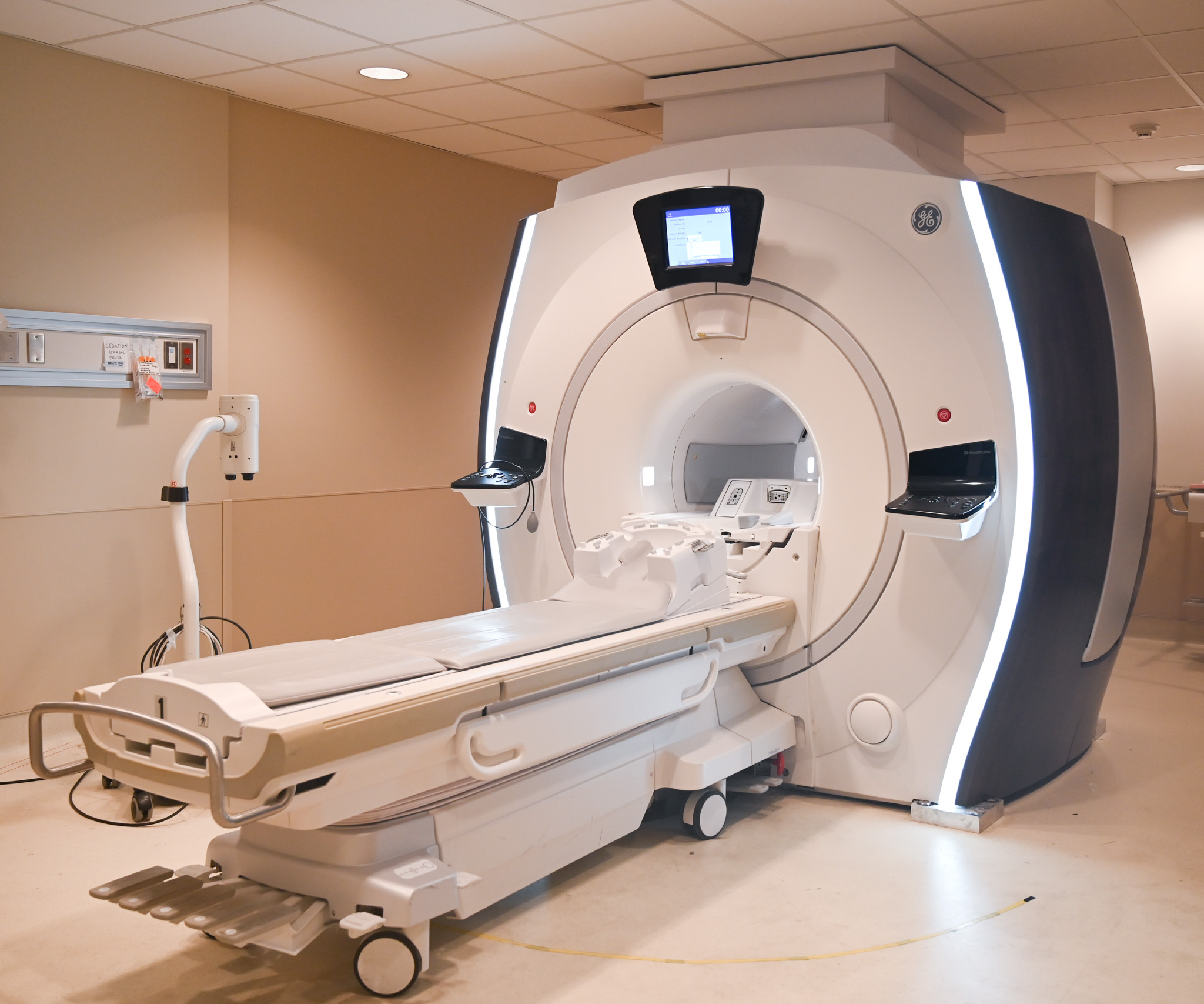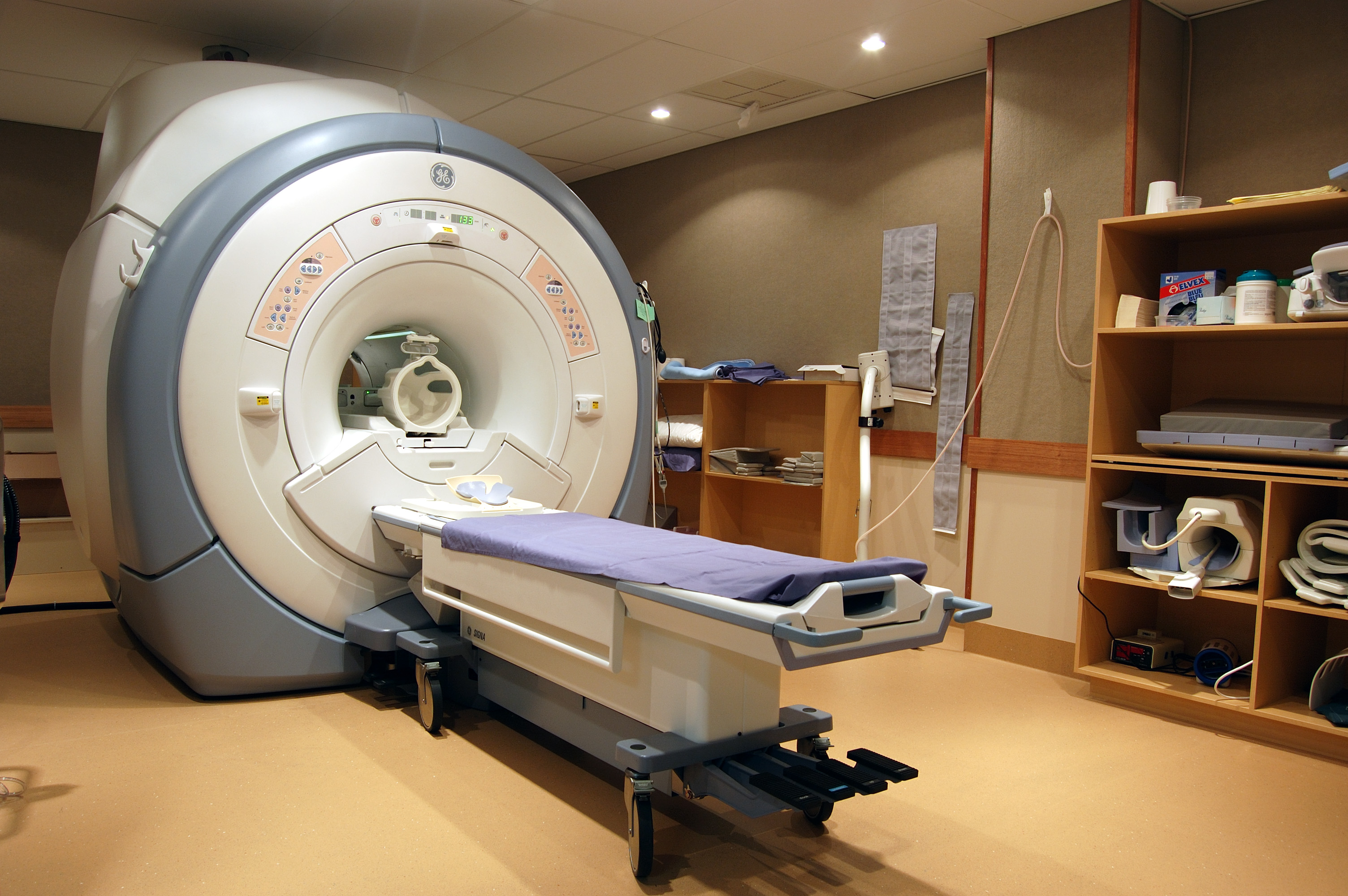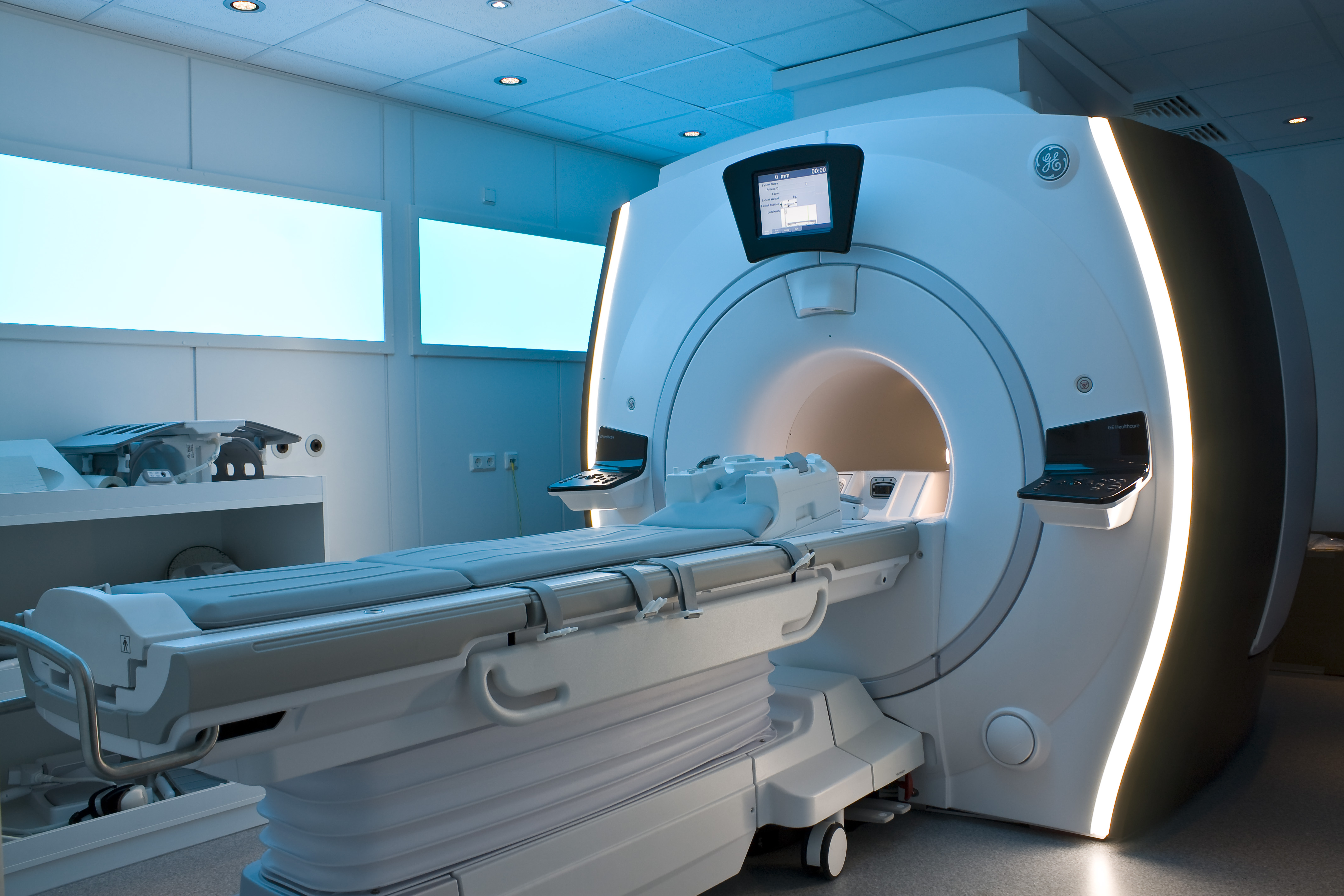Are you thinking about a new career path, perhaps one that makes a real difference in people's health? Well, you might be looking for "mri tech jobs near me," and that's a pretty smart idea. These roles are a big part of modern healthcare, helping doctors get a clear picture of what's happening inside the human body without any cuts or discomfort. It's a field that combines patient care with some pretty cool technology, you know, helping people get the answers they need about their health.
Becoming an MRI technologist means you'll operate special machines that use strong magnets and radio waves to create detailed images. These pictures are really important for spotting health issues, guiding treatments, and just generally helping patients feel better. It's a job that needs a steady hand, a sharp mind, and a kind heart, as you'll be working directly with patients who might be feeling a bit anxious about their scan, actually.
This guide will walk you through what an MRI technologist does, what kind of training you'll need, and where to look for those open positions. We'll even talk about what makes MRI different from other scans and what you might expect to earn. So, if you're curious about a career that's both technically interesting and deeply human, stick around, because there's a lot to learn about these important jobs.
Table of Contents
- What Does an MRI Technologist Do?
- What You Need to Become an MRI Tech
- Where Are the MRI Tech Jobs?
- What About Pay?
- Finding Your Next MRI Tech Job
- Frequently Asked Questions About MRI Tech Roles
What Does an MRI Technologist Do?
An MRI technologist plays a key role in healthcare, creating detailed pictures of the body's insides. They are the people who help patients get comfortable, explain the process, and then operate the sophisticated MRI machine. This job means you are directly involved in helping doctors figure out what's going on with a patient's health, which is a pretty big deal, you know. It's about getting clear images that show soft tissues, organs, bones, and pretty much anything else inside the body, all without needing to use X-rays.
These pictures are vital for diagnosing many conditions, like issues with the brain, spine, joints, and even some cancers. The technologist has to make sure the patient is positioned just right for the best image quality. They also monitor the patient during the scan, making sure everything is safe and comfortable. It's a precise job, but also one that requires a lot of care and communication with people, so it's a bit of both worlds, really.
How MRI Works: A Quick Look
So, how does an MRI machine actually work? Well, it's quite fascinating, actually. The machine creates a very powerful magnetic field, like a super-strong magnet, you know, much stronger than the ones on your fridge. When a person goes into this field, the hydrogen atoms in their body – which are mostly in water – line up with the magnetic field, pretty much like tiny compass needles.
Then, the machine sends out brief radio waves. These waves gently nudge those lined-up hydrogen atoms. When the radio waves turn off, those atoms relax back into their original alignment, and as they do, they release tiny energy signals. The MRI machine's detectors pick up these signals. A computer then takes all that signal information and turns it into detailed pictures of the body's structures. It's a truly clever way to see inside without touching anything, and it's all about the physics of magnetism and radio waves, sort of.
This process is what allows doctors to see things like soft tissues, muscles, and organs with a lot of clarity. It's a non-invasive way to get a lot of information, which is a big plus for patients. The technologist is the one who controls this whole process, making sure the right sequences are run to get the specific images the doctor needs, you know, for an accurate diagnosis.
Why MRI is Different from CT Scans
Patients sometimes wonder why a doctor might ask for an MRI after they've already had a CT scan, or vice versa. It's a good question, because both provide images of the body's interior, but they work quite differently and show different things, you see. MRI uses magnetic fields and radio waves, as we just talked about. CT scans, on the other hand, use X-rays. This is a pretty fundamental difference, and it means they are good for different situations.
MRI is really good at showing soft tissues. Think about things like the brain, spinal cord, muscles, ligaments, and tendons. It can show subtle changes in these areas that a CT might miss. For example, if someone has a problem with their spine, like a slipped disc, an MRI would give a much clearer picture of that soft tissue issue. It’s also often preferred for looking at organs and for spotting certain types of cancers, you know, because of its detailed soft tissue contrast.
CT scans, meanwhile, are much faster. Current CT machines can take images of each body slice in about half a second, which means a full scan can be done very quickly, often within a single breath-hold. This speed makes CT scans ideal for emergencies, like checking for internal bleeding after an accident, or looking at broken bones. CT is also generally better for showing bone structures clearly. So, while both are imaging tools, they are like different tools in a toolbox, each with its own best uses. It's not about one being "better" than the other, but rather which one is right for a particular health question, essentially.
Another point to consider is the cost. An MRI can sometimes be more expensive than a CT scan. A typical MRI might cost somewhere between 600 to 800 dollars, but some can go up to over 2000 dollars, depending on what's being looked at and whether an "enhanced" scan with a contrast agent is needed. CT scans can also be enhanced with contrast, but their basic cost structure is usually different. So, the choice of scan often comes down to the specific medical question, the type of tissue involved, and sometimes even the urgency of the situation, you know.
What You Need to Become an MRI Tech
If you're looking to get into mri tech jobs near me, there are some pretty clear steps you need to take. It's not just about knowing how to push buttons; it involves specialized training and certifications. These requirements ensure that technologists are well-prepared to safely and effectively operate the equipment and care for patients. It's a regulated field for good reason, you see, because patient safety and accurate imaging are absolutely key.
Education and Certifications
First off, to become an MRI technologist, you typically need to be a graduate of a school of radiologic technology. This usually means earning an associate's degree or a certificate from an accredited program. These programs teach you about human anatomy, patient care, radiation safety (even though MRI doesn't use radiation, this background is important), and, of course, how imaging equipment works. It's a solid foundation for any medical imaging career, you know, giving you all the basic knowledge.
After your schooling, getting certified is the next big step. The American Registry of Radiologic Technologists (ARRT) is the main certifying body. You'll need to pass their exams. Specifically, for an MRI technologist role, employers often look for two key certifications: Radiography (R) and Magnetic Resonance Imaging (MR). The (R) certification shows you have a background in general X-ray imaging, which is a common starting point for many imaging professionals. The (MR) certification is specific to MRI, showing you have the specialized knowledge for that particular modality. So, having both really helps you stand out, you know, in the job market.
Experience Matters
While education and certification get your foot in the door, experience is also a pretty big factor for many mri tech jobs near me. Many places hiring want to see that you've already had some practical time in a healthcare setting. For example, some job listings ask for at least one year of experience as a radiologic technologist in a hospital. This means you've worked with patients and imaging equipment in a busy medical environment, which is valuable, you know.
Other positions might specifically ask for one year of experience as an MRI technologist in a hospital setting. This kind of experience shows you're already familiar with the specific routines and challenges of MRI scanning. If you're just starting out, sometimes entry-level positions or internships can help you get that initial experience. It's all about building up your practical skills and confidence in a real-world setting, which is pretty important for a job like this, actually.
Where Are the MRI Tech Jobs?
If you're looking for mri tech jobs near me, you'll find that there's a good number of openings out there, especially in places like California. The healthcare field is always growing, and imaging services are a big part of that. It's a pretty active job market, with new positions becoming available quite often, so you know, there's usually something new to look at.
Opportunities in California
California, for instance, has a lot of opportunities for MRI technologists. As of today, there are hundreds of positions open across the state. You might find around 123 open jobs for MRI techs in California just by searching online. If you broaden your search to include MRI technologist jobs from various companies that are actively hiring, that number jumps even higher, with over 813 California MRI technologist jobs listed with openings. This suggests a pretty healthy demand for these skills across the state, which is good news for job seekers, apparently.
Many of these positions are posted on popular job search sites, and new ones are added daily. So, if you don't see exactly what you're looking for right away, checking back often can really help. It’s a pretty dynamic market, with lots of movement, you know, as healthcare facilities continue to expand their services.
Local Openings in San Bernardino and Upland
When you narrow down your search for mri tech jobs near me to specific areas, like San Bernardino, California, you'll still find a good selection of roles. For instance, there are about 26 MRI technologist jobs available in San Bernardino, California, on one popular job site alone. If you look at the broader picture for the area, today's top listings show around 139 MRI technologist jobs in San Bernardino, California, United States. This indicates a strong local market for these professionals, which is quite promising.
If you look a little further, say in Upland, California, you'll also find specific openings. There are around 20 open jobs for MRI radiology in Upland, with company ratings and salary information often available to help you make a decision. These numbers show that whether you're looking broadly across California or focusing on specific cities, there are definite chances to find a job that fits your skills and location preference, you know, which is pretty convenient.
What About Pay?
When considering mri tech jobs near me, what you can expect to earn is usually a big question. While exact figures can vary quite a bit based on location, experience, and the type of facility, it's good to know that salary information is often available when you search for these roles. Many job listings on various platforms will show company ratings and salaries, which can give you a pretty good idea of the pay range in your area, you know, so you can plan accordingly.
Generally, medical imaging professionals, including MRI technologists, are in demand, and this often translates to competitive pay. Your level of experience, particularly that one year of experience in a hospital setting, can play a significant role in determining your starting salary. Also, having both your Radiography (R) and Magnetic Resonance Imaging (MR) certifications from the ARRT can help you command a better salary. It's a field where your specialized skills are truly valued, which is pretty nice, actually.
Finding Your Next MRI Tech Job
So, you're ready to start looking for mri tech jobs near me. There are several ways to go about it, and combining a few approaches usually gives you the best results. The job market for MRI technologists is active, with positions being posted regularly, so staying persistent is a good idea, you know.
One of the easiest ways to start is by using online job boards. Sites like Indeed.com are mentioned quite a bit in job postings, showing that they are a popular spot for employers to list openings. You can search specifically for "MRI technologist," "radiologic technologist," or even "CT technologist" if you have those qualifications, as some roles might overlap or lead to MRI positions. You might even find "senior MRI technologist" roles if you have more experience. It’s a good idea to set up job alerts so you get notified when new positions that match your criteria are added daily, which is pretty handy.
Beyond just searching for "MRI tech jobs near me," consider looking at the career pages of local hospitals, clinics, and imaging centers directly. Sometimes, positions are posted there first. Also, leveraging your professional network can be really helpful. Talking to people you know in healthcare, like former classmates or instructors, might open doors to opportunities that aren't widely advertised. Networking can sometimes help you get hired faster, you know, through referrals.
When you apply, make sure your resume clearly highlights your education, your ARRT certifications (Radiography (R) and Magnetic Resonance Imaging (MR)), and any relevant experience, especially that one year in a hospital setting. Tailoring your application to each specific job description can also make a big difference. It shows you've really paid attention to what they're looking for, which is pretty important, actually.
To learn more about medical imaging careers on our site, you can explore the various paths available. Also, if you're interested in the specifics of radiologic technology programs, we have information that could be quite helpful for your career planning. These resources can provide a deeper understanding of the educational journey and different specializations within the field, you know, giving you a clearer picture.
Frequently Asked Questions About MRI Tech Roles
People often have questions about MRI procedures and the roles of technologists. Here are a few common ones, with some simple answers.
How much does an MRI cost?
The cost of an MRI can vary quite a bit, you know. A regular MRI might be somewhere around 600 to 800 dollars. However, some more complex scans, or those that need a special contrast injection, can cost over 2000 dollars. The final price often depends on the specific health issue being checked and what kind of detailed images are needed. Hospitals and clinics usually have clear pricing, which is set by state or regional guidelines, essentially.
Is MRI better than CT?
It's not really about one being "better" than the other, but rather about what each scan is best suited for, you see. MRI is excellent for showing very clear pictures of soft tissues, like your brain, spinal cord, muscles, and organs. It uses magnets and radio waves, so there's no X-ray radiation involved. CT scans, on the other hand, use X-rays and are much faster at taking pictures. They are often preferred for looking at bones, checking for acute injuries, or in emergency situations where speed is critical. Both have their unique strengths and are chosen based on what the doctor needs to see to help a patient, which is pretty much how it works.
What do T1 and T2 mean in MRI?
When you hear about T1 and T2 in MRI, it refers to how the signals are collected and how the images appear, you know, based on the behavior of the hydrogen atoms. After the MRI machine's magnetic field stops, the hydrogen atoms in your body return to their normal state. This "recovery" process happens at different rates for different tissues, and it releases energy as electromagnetic waves. T1 and T2 are basically different ways to measure and display these signals, giving different types of contrast in the images. T1-weighted images are often good for showing anatomy, while T2-weighted images are typically better for spotting fluid or swelling. So, they are just different settings that help doctors see different aspects of the body's tissues, essentially, making the pictures more informative.



Detail Author:
- Name : Reba Collins
- Username : nash09
- Email : graciela.gaylord@yahoo.com
- Birthdate : 1994-10-09
- Address : 4611 Dorothea Glen Leannonland, CT 99692-9871
- Phone : 559.264.9822
- Company : Prohaska-Wuckert
- Job : Mold Maker
- Bio : Aliquam neque error impedit. Animi a suscipit incidunt perspiciatis maxime vel quas dolores. Aut dolor ut iure ut illo. Ipsum rerum veniam et.
Socials
linkedin:
- url : https://linkedin.com/in/carissarunolfsdottir
- username : carissarunolfsdottir
- bio : Quod in quae voluptatem minima consequatur.
- followers : 2549
- following : 779
tiktok:
- url : https://tiktok.com/@carissarunolfsdottir
- username : carissarunolfsdottir
- bio : Dolores asperiores est sunt quibusdam.
- followers : 6977
- following : 828
facebook:
- url : https://facebook.com/carissa5778
- username : carissa5778
- bio : Pariatur quis distinctio veritatis commodi. Reiciendis architecto est iste.
- followers : 1864
- following : 595
instagram:
- url : https://instagram.com/runolfsdottirc
- username : runolfsdottirc
- bio : Architecto dolor hic odit. Eum quia sit at dicta.
- followers : 5485
- following : 332
twitter:
- url : https://twitter.com/carissarunolfsdottir
- username : carissarunolfsdottir
- bio : Corrupti velit qui et. Omnis sunt eligendi sit. Enim totam et ab magni tenetur non.
- followers : 6655
- following : 1619



























